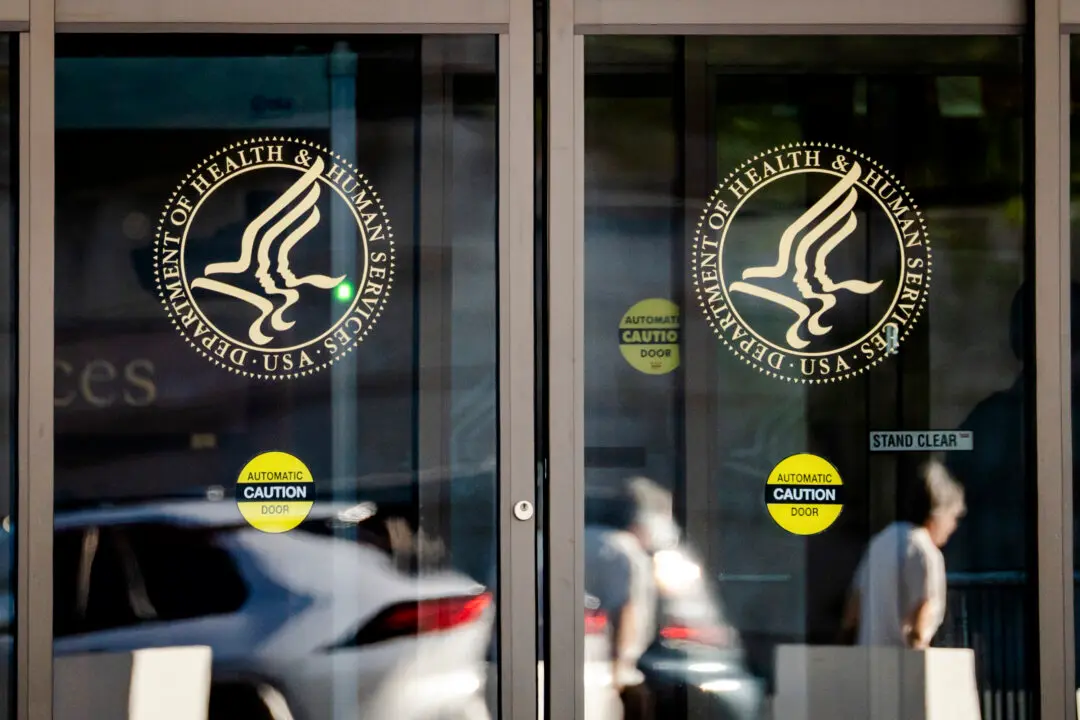Florida Gov. Ron DeSantis on Wednesday announced a statewide stay-at-home order amid the CCP virus pandemic.
The CCP (Chinese Communist Party) virus, commonly known as novel coronavirus, causes a disease called COVID-19 that has killed thousands across the United States, including 87 in Florida.





